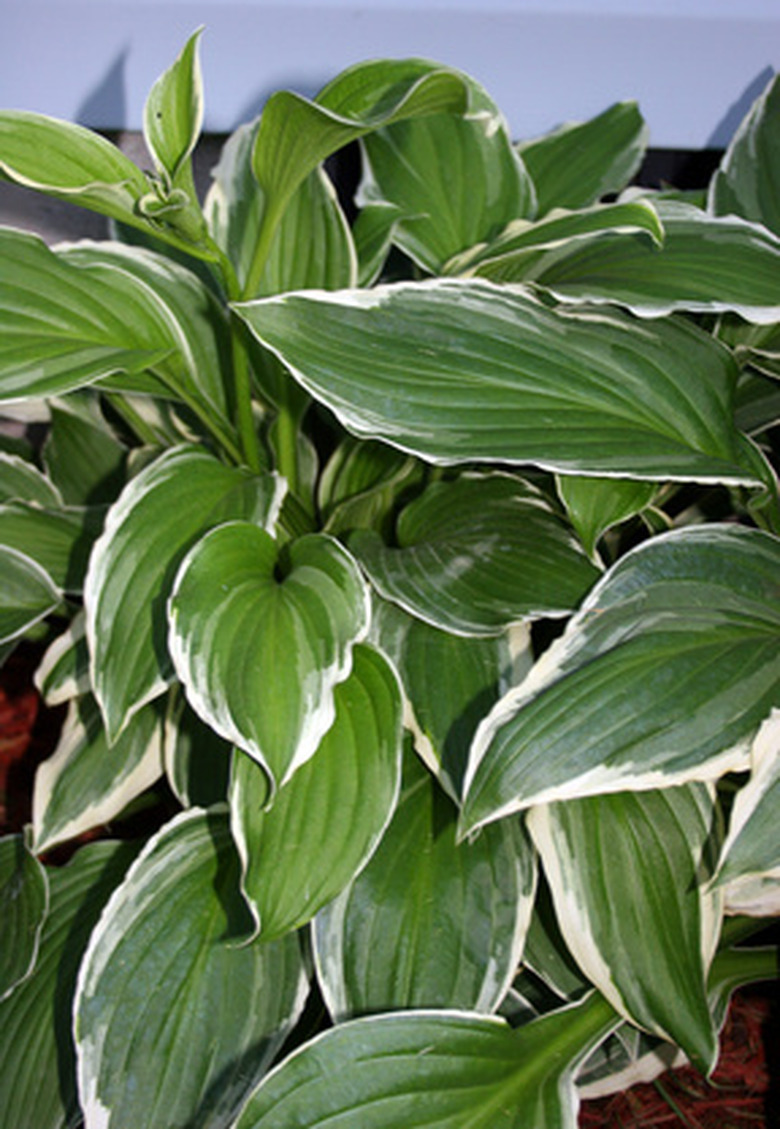How To Propagate Hostas
Things Needed
- Gloves
- Shovel
- Hose
- Scissors
Hostas are herbaceous perennials known for their foliage, not their flowers. Hostas come in several different shapes and sizes, and can grow as little as 6 inches wide or as large as 8 feet wide. Hostas are easy to grow and tolerate shade well. They should get at least five to six hour of sunlight each day, however. When a hosta becomes too full, you can propagate it. Just remove one of the hosta's offshoots and plant it to grow a new hosta.
Step 1
Wait to divide your hostas until they are mature and no more shoots are growing from the center of the plant. According to Ohio State University, it can take four to eight years for a hosta to mature.
- Hostas are herbaceous perennials known for their foliage, not their flowers.
- Wait to divide your hostas until they are mature and no more shoots are growing from the center of the plant.
Step 2
Put on a pair of garden gloves and dig up your hosta plant. You won't need to dig more than 1 foot to be able to pull the hosta plant up and out of the ground.
Step 3
Rinse the dirt off the roots of the hosta plant with your garden hose. This will allow you to identify the new shoots easily.
Step 4
Cut off the new shoots with your garden scissors. These new shoots will be sprouting off the main shoots.
Step 5
Plant your divided hosta shoot soon after you have removed it from the main hosta. Ideally, the soil where you plant the hosta should have a pH of 6.5 to 7.5. You should also mix organic matter in with the top 6 inches of soil.
- Put on a pair of garden gloves and dig up your hosta plant.
- Cut off the new shoots with your garden scissors.
Step 6
Water your propagated hosta daily until the roots have grown and taken hold, and the plant has started to grow.
Tip
Spring is the best time to propagate your hosta, although it can be done anytime during the year. In the spring, however, the leaves have not fully expanded, which makes it easier to see new shoots.
Warning
Watch out for slugs and snails. These pests can cause damage to newly propagated hostas.
